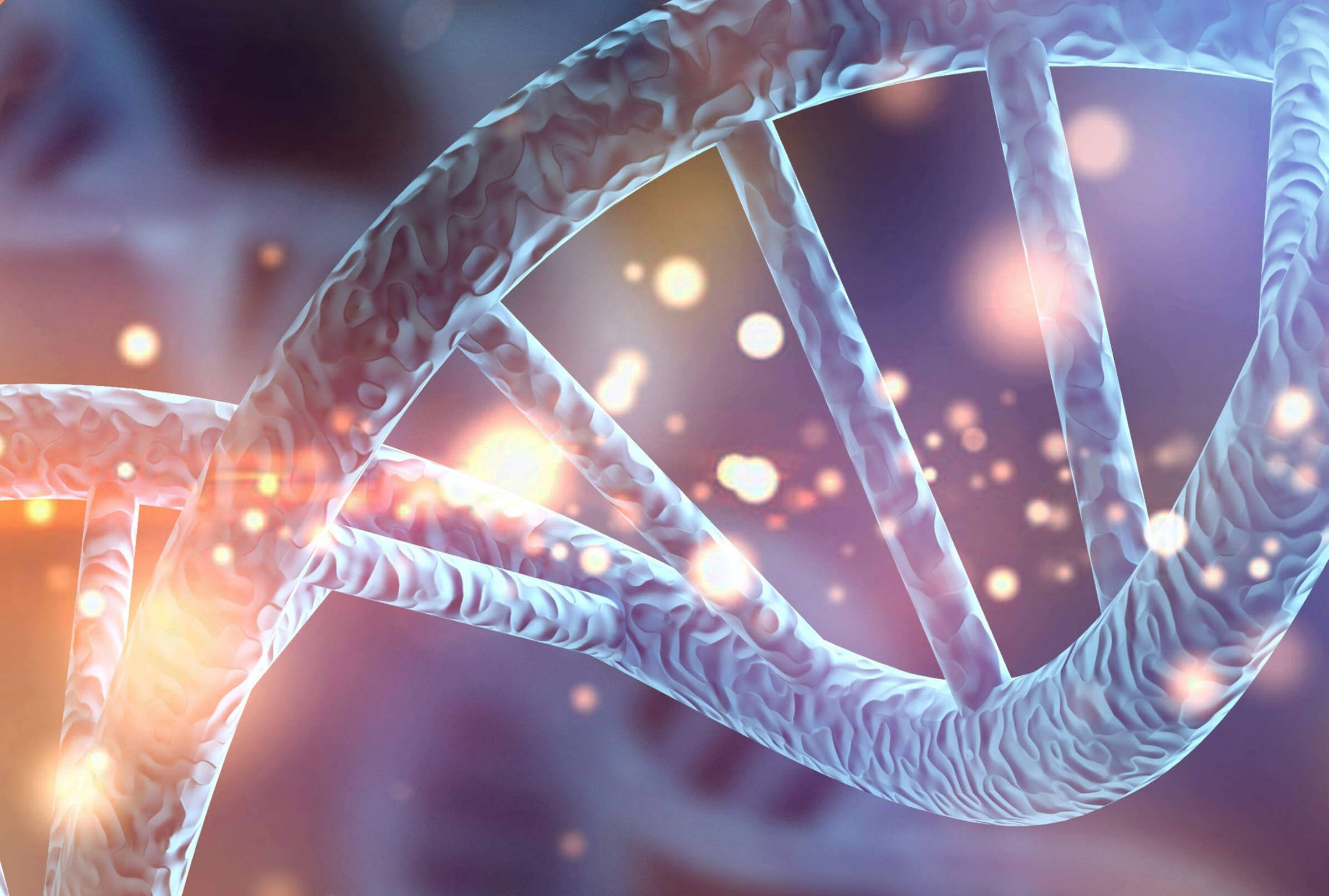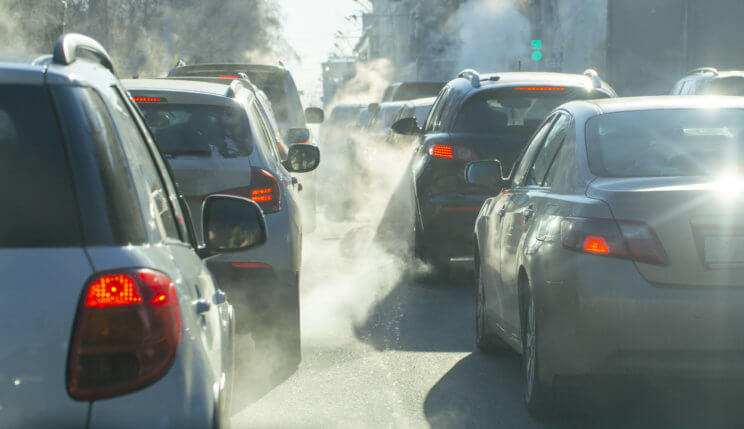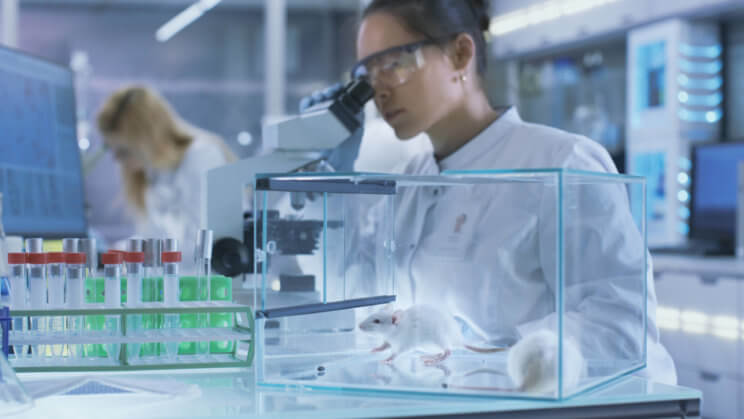
Science Today
Has Coronavirus’ Reductions in Pollution Affected Climate Change?
Back in March 2020, as the United States and most of the world began shutting down as part of the coronavirus pandemic, news stories circulated noting dramatic reductions in carbon dioxide (CO2) levels and nitrogen dioxide (NO 2) emissions.
Between stay-at-home orders and social distancing, fewer people were out driving and traveling, and a wide range of industries significantly decreased their energy consumption or shut down entirely.

Recent studies from the Missouri Department of Natural Resources back up the claim that pollution levels from nitrogen dioxide did in fact drop during St. Louis’ shutdown. According to a report released in mid-May 2020, between the period of March 23 to May 4 pollution levels had decreased compared to the same span during 2019.
However, a recent article from Alejandra Borunda at National Geographic explains that, despite decreases between 17 and 30 percent in carbon dioxide emissions around the world, those decreases have made only a small impact on the overall carbon dioxide concentration in the Earth’s atmosphere.
Borunda writes,
“About 45 percent of the world’s CO2 waste generally comes from making heat and power.” During the stay-at- home orders, people still needed things like electricity and heat. “All in all, the reduction in daily emissions got us, as a planet, back down to the [CO 2] levels we were at in 2006.”
Goals proposed by the United Nations’ Intergovernmental Panel on Climate Change suggest that the world needs to get back to the emissions levels of the 1990s and do so within approximately one decade to keep the most destructive effects of climate change from affecting life on Earth. That’s an approximately 7.6 percent decrease in emissions each year for the next decade, compared to the approximately 8 percent decrease we’ll see this year.
While the feasibility of reducing emissions levels by keeping global economies shut down may not be realistic, the situation does show that large scale issues like climate change pose more complex challenges than people might expect.
If nothing else, the unique situation shines a light on just how much pollution is produced
even when people are stuck at home.
Using Mice to Unlock the Secrets of Another Pandemic
Mice are by far one of the most common test subjects used by scientists and researchers when studying the effects of illness and disease. The race to discover ways of treating COVID-19 or vaccinating against it are paramount on researchers’ minds.
What makes mice so special is that they are affordable, friendly and don’t take up much space. Plus, mice produce large litters of offspring with a similar genetic makeup, which in turn makes it easier to watch how a disease works, as well as how a subject’s immune system responds.

Since the genetic structure of a mouse is different from that of a human, scientists must sometimes breed a different strain. For example, with COVID-19 ordinary mice aren’t typically susceptible, as they don’t carry the same ACE2 protein as humans, which the virus attaches to once inside the body.
Recently, Smithsonian Magazine looked at one research institution, the Jackson Laboratory in Maine, that is working to take the frozen embryos of mice that were genetically modified to research SARS and breed them to help crack the coronavirus case. But demand still outweighs supply, making it difficult for researchers to get the modified mice for testing.
So, here in St. Louis, a team of researchers at Washington University are taking a slightly different approach. Led by Dr. Michael Diamond, a professor of medicine who specializes in infectious diseases, the research team has developed a mouse model of COVID-19. But
rather than using mice bred with the human ACE2 protein, they’ve developed a method of inserting the gene for the human ACE2 into mice using a modified respiratory virus called adenovirus.
The adenovirus delivers the gene, causing the mice to produce the necessary protein, which then allows scientists to examine COVID-19 on mice who wouldn’t ordinarily have been viable candidates. In addition, this new approach opens avenues of studying the effects of COVID-19 on mice that suffer from high blood pressure, obesity, heart disease and more.
Dr. Diamond and his team have published their mouse model for other researchers to use, potentially increasing the number of scientists able to study the virus as the world waits for an effective treatment or vaccine.





